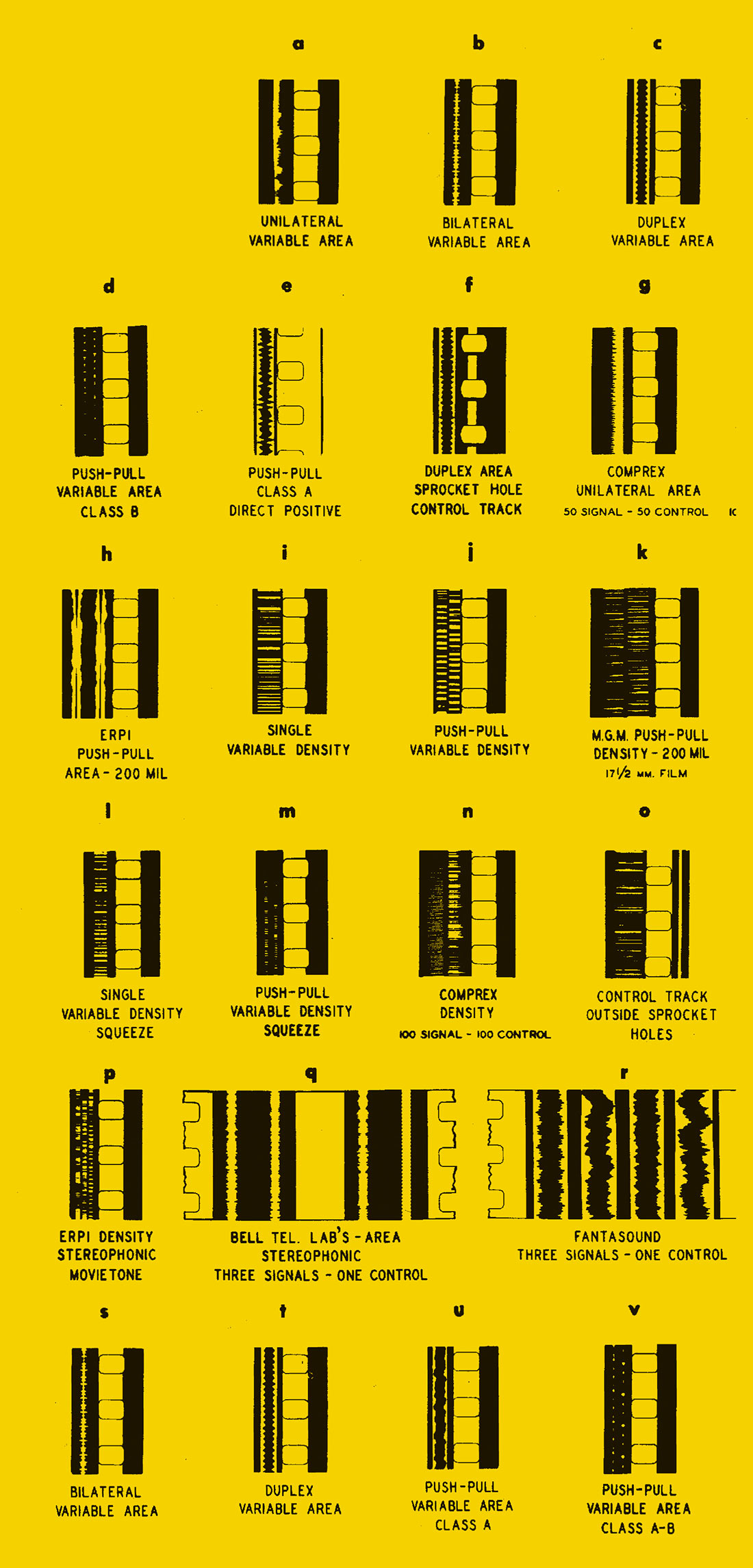I've been using a pair of Dynaudio Professional BM6 mkIII monitors for about four months now in my home mixing setup, and I took to them more quickly and confidently than I ever have to any nearfield speakers. If you asked the Dynaudio engineers why, they would probably tell you that the aluminum voice coil surrounds the magnet of the 7'' woofer driver, resulting in a much more uniform magnetic field, so the driver moves more efficiently over the entire dynamic range of the speaker. Also, the low-mass proprietary polymer material of the woofer cone doesn't resonate, so transient response in the lower frequencies is very accurate. In addition, the back plate of the driver isn't solid, but rather made out of aluminum bars, minimizing acoustic compression directly behind the woofer cone. The 1.1'' tweeter dome is made out of silk instead of metal, so there's no ringing, which makes the BM6 mkIII easier to listen to over long periods of time without fatigue. Lastly, the enclosure is deeper and heavier than those of competing speakers with similarly sized drivers, resulting in far less of the low-mid resonance that can plague nearfield and small midfield monitors.
Functionally, the BM6 mkIII is simple and sleek, without a lot of the "extra" controls you find on many modern monitors. XLR is the only input type. There are only five small switches, each with three positions, for fine-tuning your level and speaker EQ: a level trim (-10, 0, +4 dB); a high-pass filter (flat, 60 Hz, or 80 Hz), which is useful if you are employing a subwoofer; and low-shelf (-2, 0, +2 dB), mid-band (0, -2, -4 dB), and high-shelf (-1, 0, +1 dB) filters. I didn't find the need to touch these switches in my mix space, even though I have the monitors set up pretty close to a wall. I find that cutting the low-mids of nearfields a bit helps focus them better, especially when they are within a foot or two of a wall or corner, but I feel like I have been hearing pretty clearly into that range of my mixes on the BM6 mkIII.
As much as I liked the BM6 mkIII in my small mix room, it didn't fare quite as well next to a few pairs of bigger, much more expensive speakers in a larger control room. It seemed much darker, and clearly didn't have enough energy to fill the 275 sq ft room, sounding almost compressed in comparison to the bigger speakers. Take this with a grain of salt, since the other three speakers in the room ranged from twice to four times the price of the BM6 mkIII, and also had up to four times the wattage. For a room this large, I would audition the bigger sibling BM12 or one of the larger models of the Air Series from Dynaudio.
The BM6 mkIII comes standard with an IsoAcoustics ISO-L8R200 monitor stand. I've been using Primacoustic Recoil Stabilizer platforms for years, and the IsoAcoustic stands have a similar positive effect on the sound of your speakers, but with a totally different operating principle. They allow for a front- back speaker "rebound", while decoupling the speakers from the surface they are placed on. They also have more positioning flexibility, since the shock absorber legs come in different heights that you can mix and match to tilt the speakers. I didn't do extensive A/B'ing between IsoAcoustic and Recoil Stabilizer placement, but I found both methods to sound significantly better than setting the speakers directly on the desk surface.
I was also able to try out the Dynaudio Professional BM9S II subwoofer. As far as sound goes, it has everything I'd want in a small, 10'' subwoofer. It filled out the lower octaves nicely and roundly. I didn't spend enough time with it to fine tune the filters, but with the ability to high- pass the signal that it hands off to your satellites at either 60 or 80 Hz, in conjunction with careful placement, the polarity switch, and the variable low-pass filter on the sub's signal itself (from 50-150 Hz), you should be able to find the BM9S II 's sweet spot with any stereo satellite pair. There's a dedicated LFE input for the ".1" signal in a true surround setup (e.g., 2.1 or 5.1) and a link facility for multi-subwoofer configurations. To be honest, though, there's one thing that kept me from testing the BM9S II extensively. I've become quite reliant upon the remote control that I use to quickly disable the subwoofer I'm currently using. The remote can also serve as a single-button mute for the satellites, which is very convenient. The BM9S II has no built-in facilities for a remote or a footswitch. However, I'm aware that this functionality comes by way of extra circuitry, so signal-path purists may prefer the BM9S II for its relative simplicity.
Back to the BM6 mkIII — for a nearfield in a smallish room, I can't recommend it enough. I've had a few other brands cycle through my mix room over the past couple of years (as regular Tape Op readers may know), most of which I have found useful on some level, but the BM6 mkIII is by far my favorite speaker that I've mixed on since setting up my home studio. I just felt immediately comfortable with it, and that hasn't changed one bit over four months of regular use. It also happens to cost two to three times as much as the others I've had set up lately, but if $1800 for a pair of speakers is anywhere in your budget, you should most definitely audition the BM6 mkIII.




_disp_horizontal_bw.jpg)